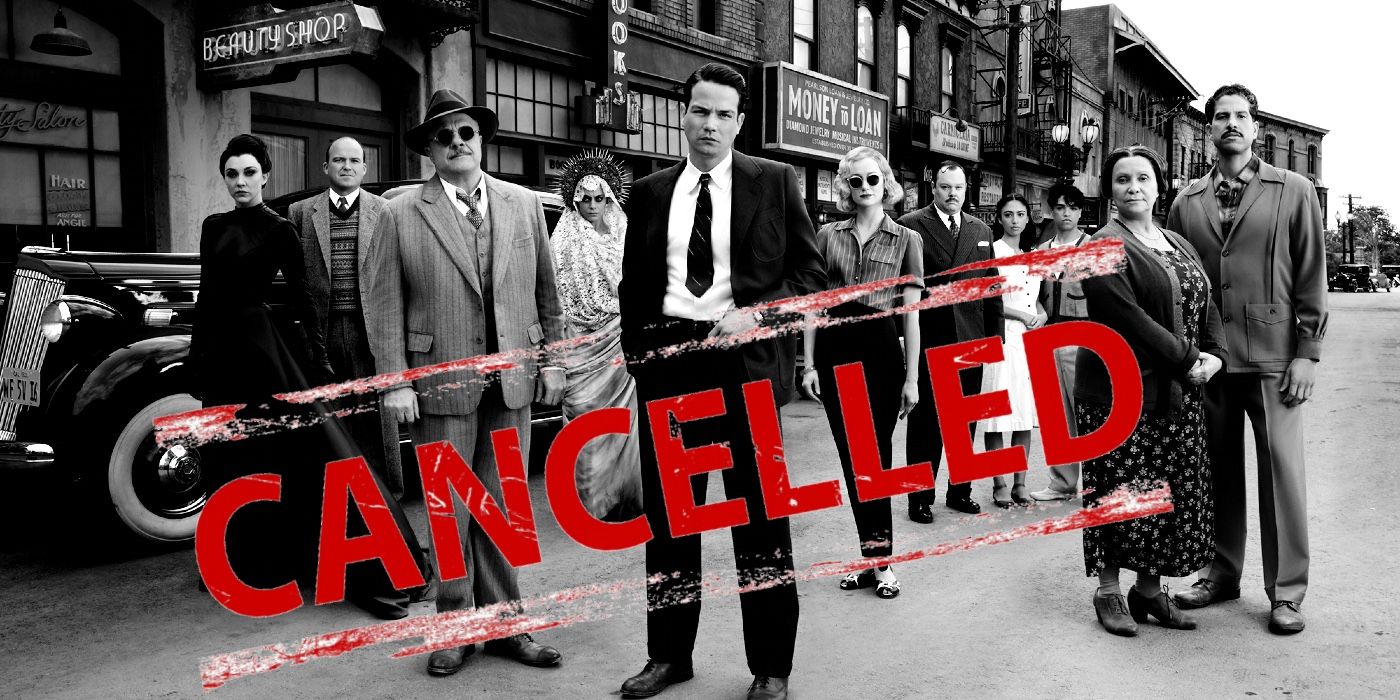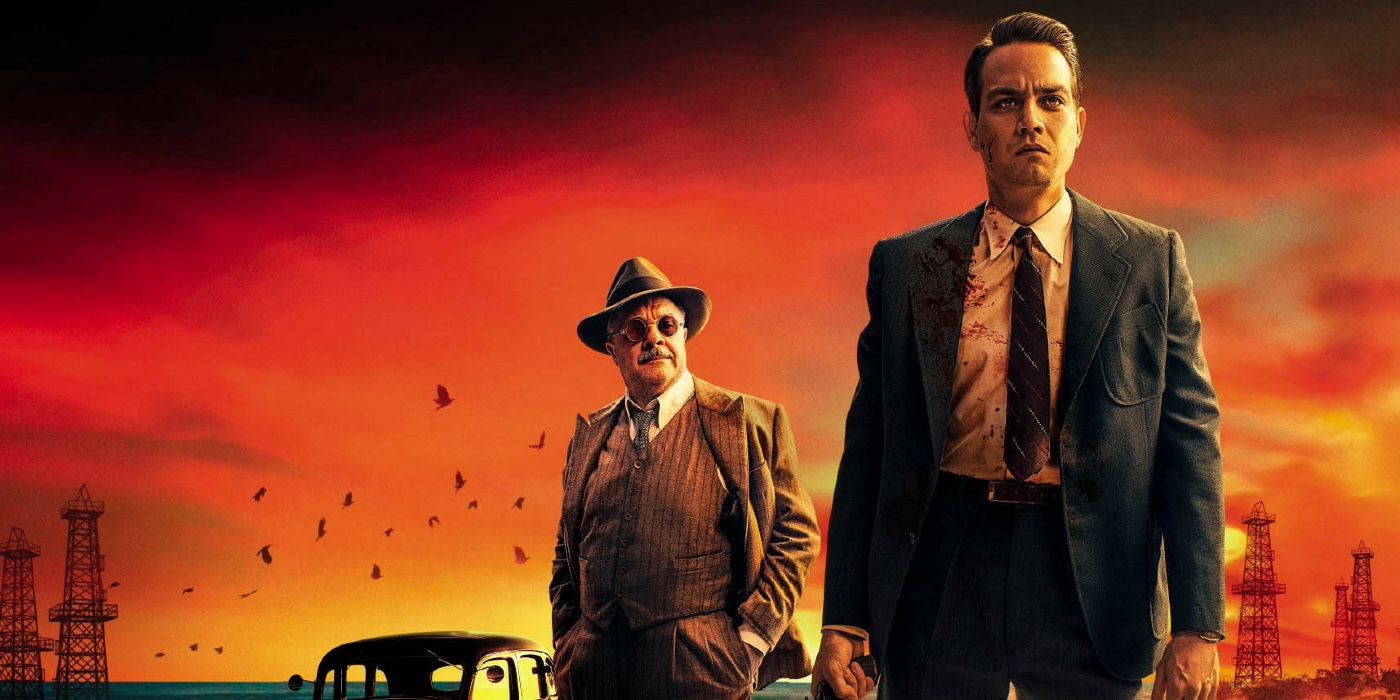John Logan's spin-off series, Penny Dreadful: City of Angels, was recently announced to be canceled after season 1 by Showtime—here's why it happened.
Though marketed as a spin-off show, City of Angels was only connected to Logan's original show, Penny Dreadful, in name only. Where Penny Dreadful was focused on Gothic horror tropes and featured many literary connections, incorporating them into the larger plot structure that used Victorian-era London as a setting, the spin-off took a different path. City of Angels was set in Los Angeles, California during the Golden Age of Hollywood—the late 1930s—against a pre-World War II landscape where violent conflicts and racial tensions were at a high.
Focusing on the rise of the Nazi Party in the United States, ongoing tensions between the Hispanic communities who had taken up residence in Los Angeles, and using a supernatural plot as a backbone for all the prominent social tension, City of Angels took a more realistic bend than its predecessor. Penny Dreadful put a host of fictional monsters front and center, but City of Angels decided to showcase how humans could be not only easily influenced by evil forces, but often were—and are—just as monstrous and vicious as any supernatural creature.
The most likely reason for City of Angels' cancellation was low viewership, that declined as the series went on. Along with mixed reviews and numerous technical issues, such as occasionally clumsy writing and major actors, such as Nathan Lane, who were underutilized throughout season 1, the lack of people tuning in is always a sign to networks that a show just won't be sustainable over time. The reverse was the case with the original Penny Dreadful, which only ran for three seasons on Showtime, but shocked viewers with its controversial ending that was—for the most part—a surprise. That show wasn't canceled, but rather ended on a note that Logan felt was natural for the show. Simply put, he completed his story, aired the ending that he felt best fit his world and characters, and left it at that. Fans would have gladly seen Penny Dreadful continue and, given its much higher popularity and viewership, Showtime likely would have green-lit a season 4.
The series premiere, "Santa Muerte", only amassed 0.807 (in millions) total viewers. That was the high point for the show, which was expected, given that it was the premiere. From there, it went downhill, and ended with 0.659 viewers (in millions) by the season 1 finale, "Day of the Dead". Considering that, during the COVID-19 pandemic, audiences are more or less captive in their homes and scrambling for new, original content, that's an even bigger blow. Ultimately, the show—which featured an outstanding cast, such as Game of Thrones alum Natalie Dormer in four different roles—just didn't take off.
It's also possible that people who watched the original series weren't keen on the new angle, and would have preferred a return to what made the original show so outstanding in the first place—the dark, gritty, and violent sensuality of Gothic horror. The original Penny Dreadful is available on Netflix streaming as of this writing, and was available during the months City of Angels aired; it would be easy enough to compare the two, and City of Angels is the weaker show. Though Penny Dreadful: City of Angels set itself up for season 2, and had plenty of storylines to resolve after the season finale, it's difficult to justify a return venture for a show that couldn't deliver on its initial promise and hold up to the legacy of its predecessor.


